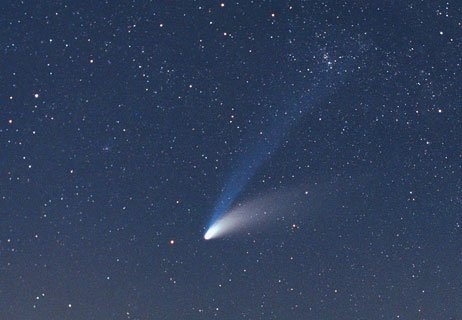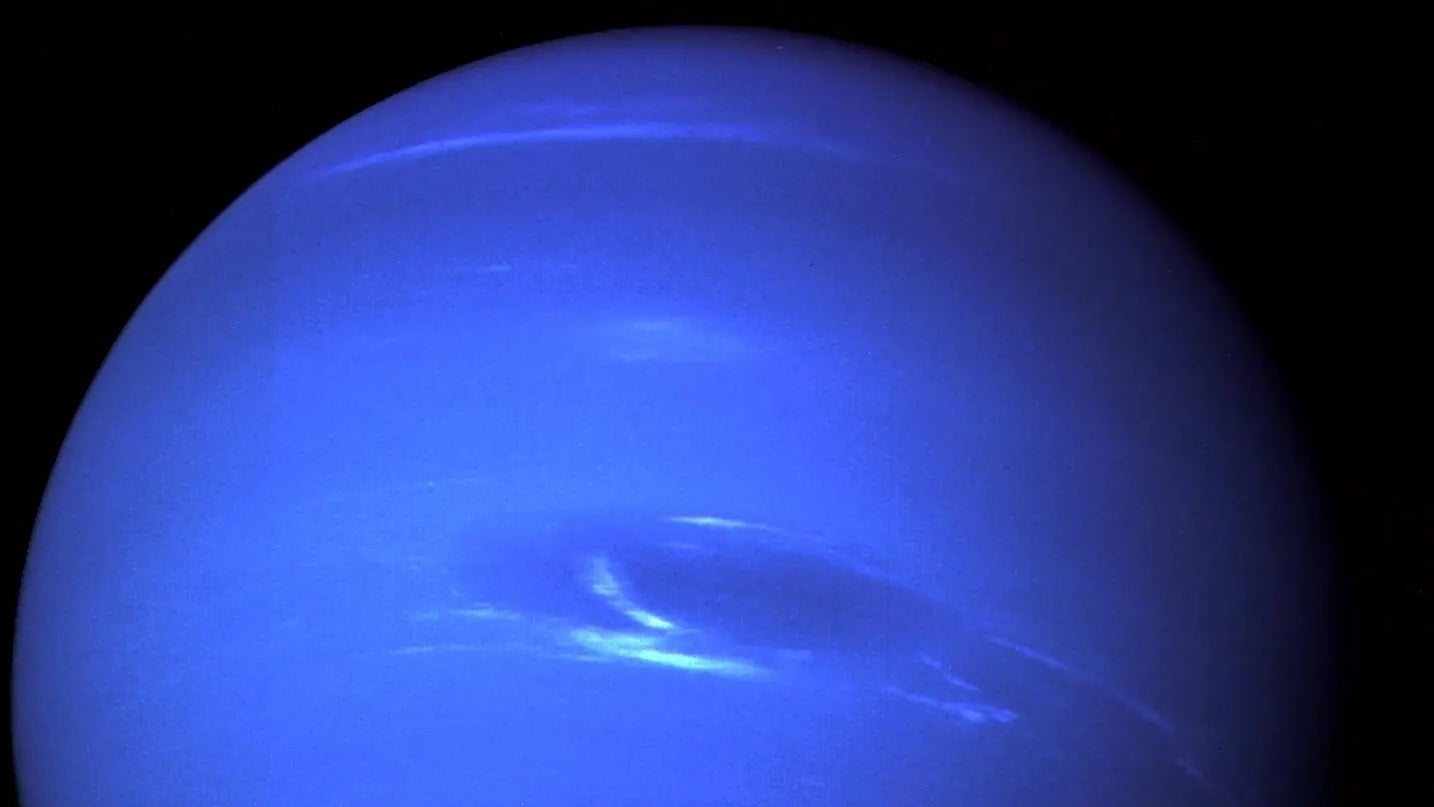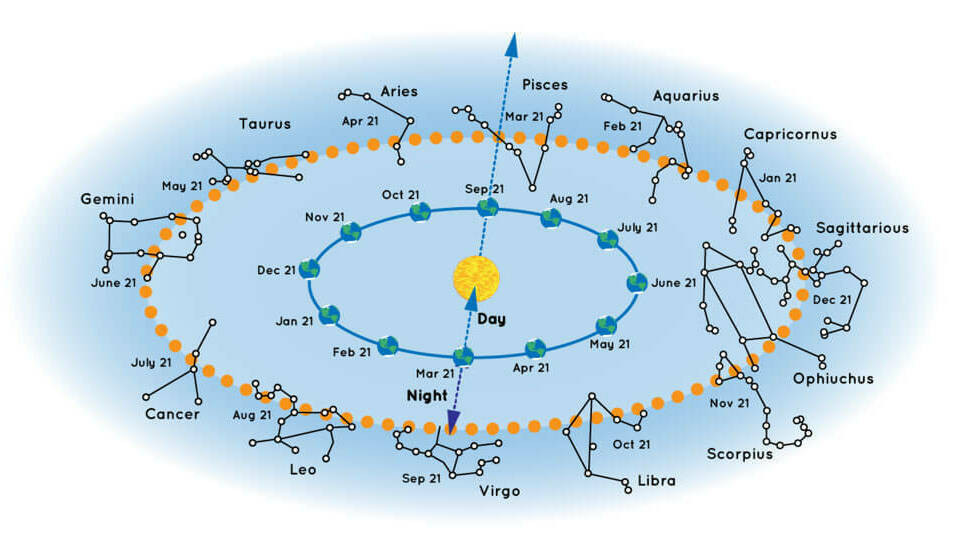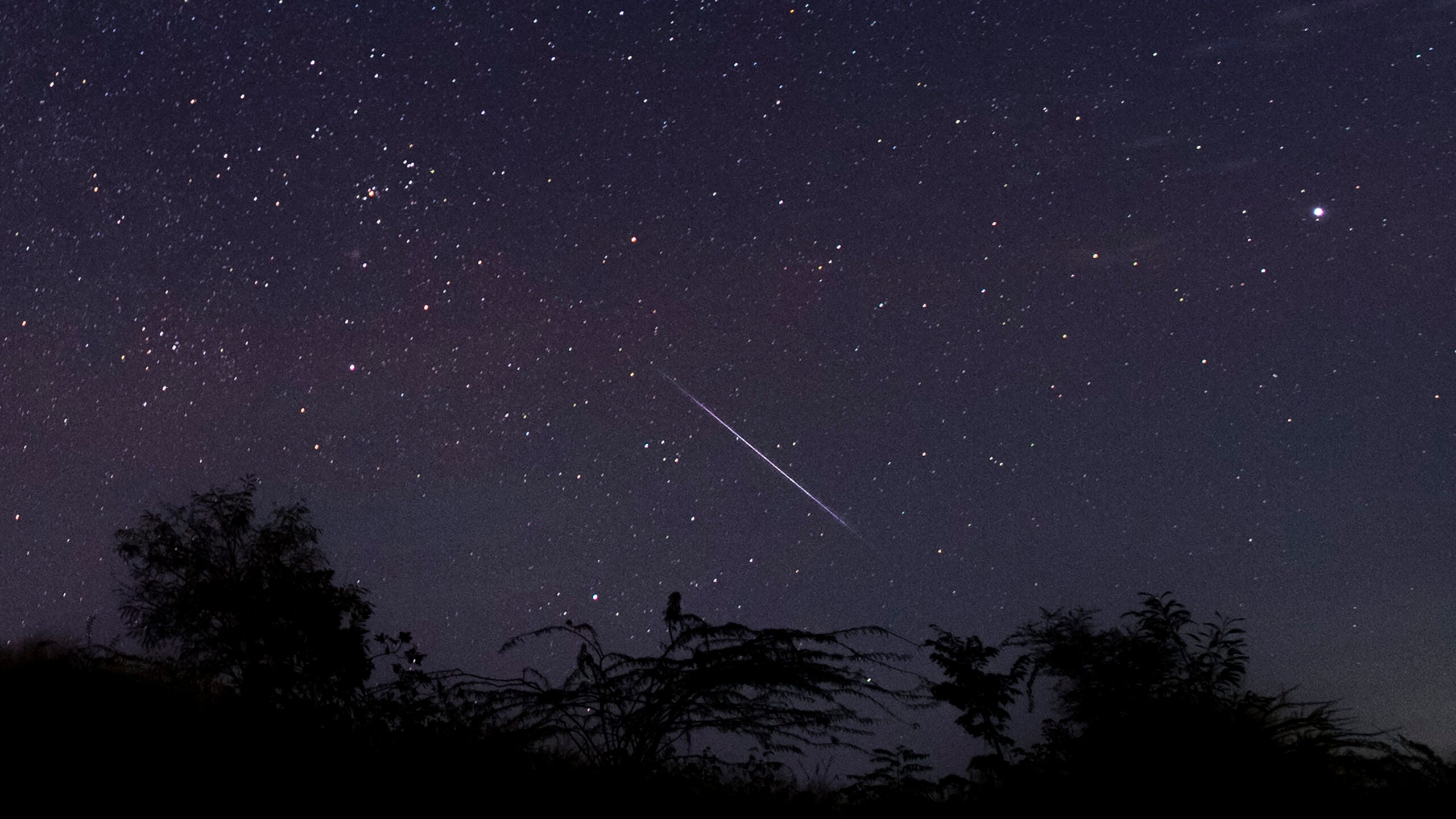It’s an exciting time for astronomy lovers, what with the current ability to see five “naked eye” planets in the early morning sky, news about a large planet beyond Neptune, and more! Join Larry Meiller as he talks to an astronomy expert about those topics and learns about an upcoming total solar eclipse.
Featured in this Show
-
Turn To Southern Skies In Pre-Dawn Hours To See Planets
Early risers should turn their gaze to the southern skies: There’s a chance to see five planets in the sky at once.
It’s a rare occurrence, said Paul Kinzer, who is the author of “Stargazing Basics: Getting Started in Recreational Astronomy.” He said that it’s been years since skygazers were last able to see that. The last time this quintet — the planets Mercury, Venus, Mars, Saturn, and Jupiter — appeared “on one nighttime stage” was in December 2004 and January 2005, according to NASA’s Jet Propulsion Laboratory.
Kinzer suggests looking from the southeastern to southwestern sky not too far above the horizon line before the sun rises, generally about 45 minutes to an hour beforehand. Then, from left to right, it’s possible to see what he calls the “naked eye planets.”
It will be a challenge to see Mercury, which won’t be very high above the horizon. Kinzer added that a clear horizon is needed.
“But the others are much brighter and will be easier to see,” Kinzer said. “Venus is going to be the brightest one, and Saturn and Mars, they are in between Venus and Jupiter, and Jupiter would be the second brightest, but Saturn’s a little bit yellow, Mars is sort of orange, so they’re fairly easy to see … if you know where to look. Of course, you need clear skies to see them.”
Kinzer said this occurs because of the planets’ orbits around the sun and where they happen to be as stargazers look out at the sky from Earth.
“This does not mean that the planets are in a line, or close to each other in the sky in any way,” he said. “It just happens that our line of sight, and them in their orbits, line up. And it’s … they look close, but they are not necessarily close.”
Consider this — those ‘”naked eye planets” are still millions-to-billions of miles away from Earth and from each other. For example, the inner planets, Mercury, Venus, and Mars are tens of millions away, Kinzer said. Meanwhile, Jupiter is nearly a half billion miles away, while Saturn is about a billion miles away.
The chance to see this will last until about Feb. 20, according to NASA’s Jet Propulsion Laboratory. The Moon will also join the planets between Jan. 23 to Feb. 7 when it shifts from the west-northeast to east-southeast. It will be visible near those planets.
It’s not the last time to see this this year, though. NASA reports the five planets will appear simultaneously again in the evening sky in late July through mid-August. However, a word of warning: Mercury and Venus aren’t expected to be easily seen from northern latitudes.
Episode Credits
- Larry Meiller Host
- Breann Schossow Producer
- Paul Kinzer Guest
- Breann Schossow Interviewer
Wisconsin Public Radio, © Copyright 2024, Board of Regents of the University of Wisconsin System and Wisconsin Educational Communications Board.




